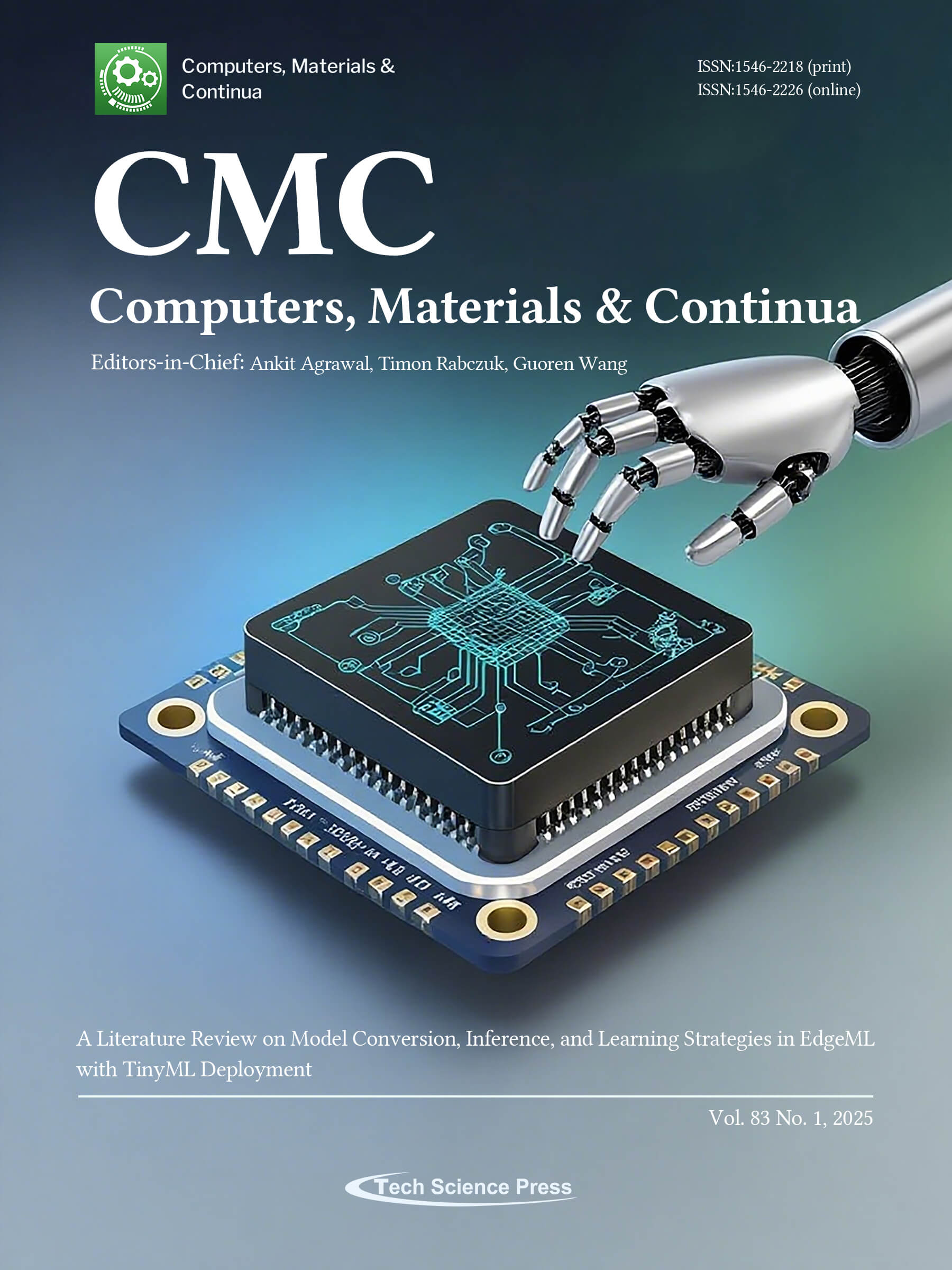
Unlock the Potential of EdgeML & TinyML!
Navigating the complexity of model conversion, inference, and learning for EdgeML/TinyML is challenging. Existing reviews lack systematic coverage of recent advances.
Our comprehensive literature review bridges this gap!
We analyze 90 studies (2018-2025), categorizing cutting-edge techniques in model conversion, inference, learning strategies, and TinyML deployment on resource-limited hardware. Gain actionable insights to choose optimal techniques, frameworks, and hardware for your sector-specific EdgeML applications. Essential reading for researchers and developers!
The cover image was created with AI-generated content via Canva, and it contains no copyrighted elements or misleading representations.
View this paper